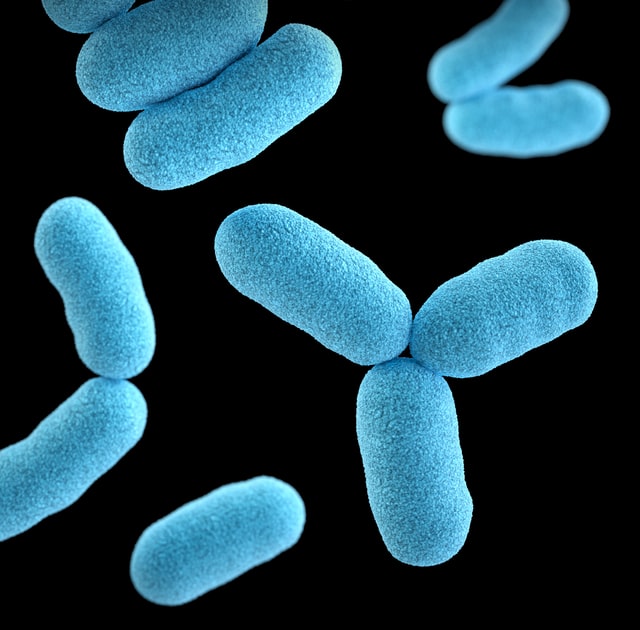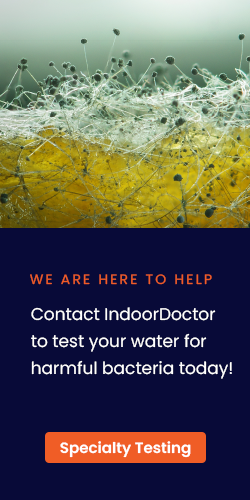Airborne algae and cyanobacteria represent a considerable part of atmospheric bioaerosols. However, they are the most under-studied microorganisms in aerobiological studies. The most common airborne photosynthetic microorganisms are Cyanobacteria, found more often in tropical regions and Chlorophyta, mostly in temperate areas. Less than 20% of airborne photosynthetic microorganisms were found to be common in relevant studies independently of location and meteorological conditions. Thirty-eight taxa have been linked with adverse health effects on humans, such as allergy, asthma, bronchitis, dermatitis, rhinitis, skin irritation and respiratory problems, caused either by inhalation of the algae individuals or by the toxins produced by some of them.
Despite these health related issues, little scientific effort has been made to investigate airborne algae and cyanobacteria as causative pathogenic agents. The very few available estimations of the relative abundance of photosynthetic microorganisms in atmospheric particles, along with our study from a Mediterranean coastal urban area, show that airborne algae and cyanobacteria comprise a considerable amount of inhaled material. Therefore the need for considering their presence in health-oriented aerobiological studies in the future is imperative.
Studies
The paucity in the number of focused studies on airborne algae and cyanobacteria, and subsequently their potential health risks, is mostly due to the lack of consideration of the atmosphere as a habitat to these microorganisms and the scarcity of well-established, universally approved methodology. Inflows and outflows of algae and cyanobacteria from aquatic and terrestrial sources to the air affected directly and indirectly by climatic factors and anthropogenic activities are fundamental for a holistic study of airborne microorganism diversity and abundance dynamics. This ecological approach is associated with social and economical needs as a basis for applied research on air and water quality and their impacts.
Aerobiological Sampling
In order to tackle the above-mentioned issues in future studies, the establishment of standard methods for aerobiological sampling is needed for observations from different places and times simultaneously with sampling in source habitats. For the identification of airborne algae, additionally to the microscopic analysis, appropriate new technologies, such as phylogenetic and metagenomic analysis should also be applied to uncover the full diversity of airborne photosynthetic microorganisms in air samples but also the possible existence of cryptic species. Identification in species level is needed because of species differences in physiological peculiarity, such as allergic and poisonous property, among species.
Futureperspectives could involve the description of biogeographical processes, patterns and factors governing the dispersal of potentially harmful airborne algae and cyanobacteria. Furthermore, global warming and pollution effects on their distribution.are unexplored. Establishment of airborne microorganism monitoring system aiming to protect human health and the environment is needed. Furthermore, additional research both in vitro and in situ, on the health effects of toxic and allergenic algae and cyanobacteria when aerosolized is warranted. Finally, studies on the relationship between airborne algae and cyanobacteria abundance and respiratory-related outbreaks or other related incidents, especially in urban areas nearby to water bodies with harmful algal or cyanobacterial blooms, can serve as a complementary tool in human health protection.






